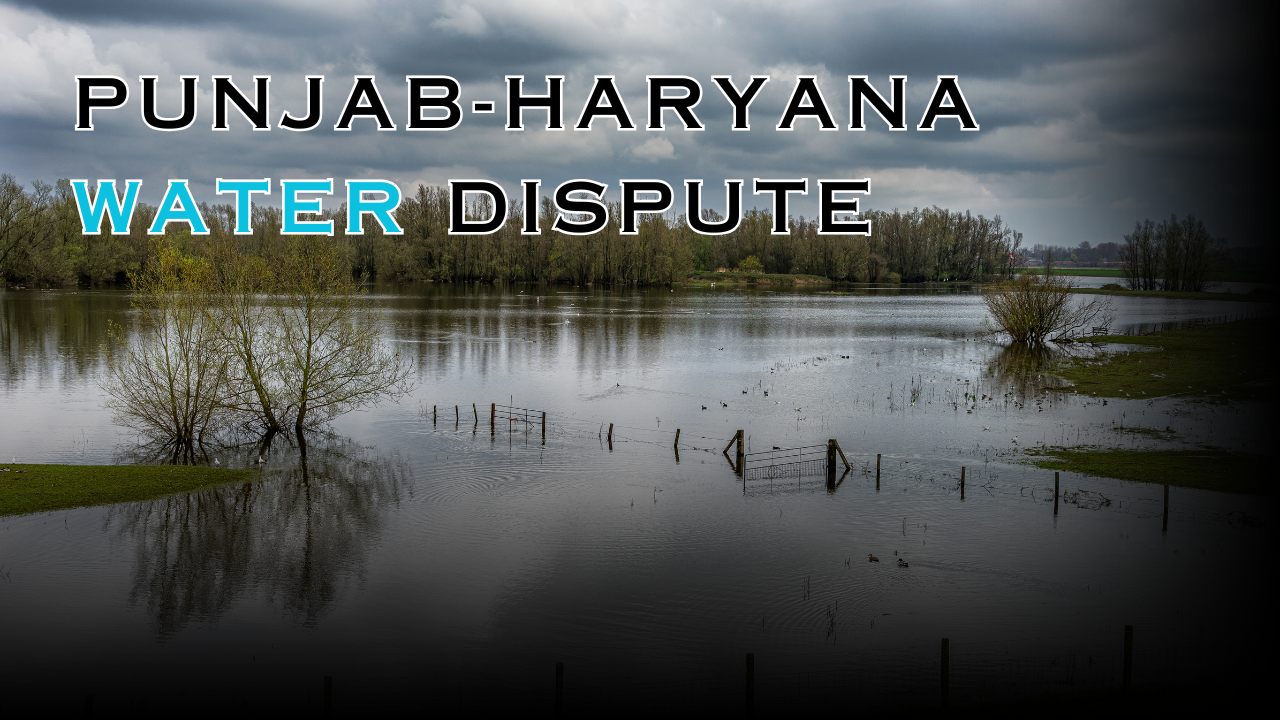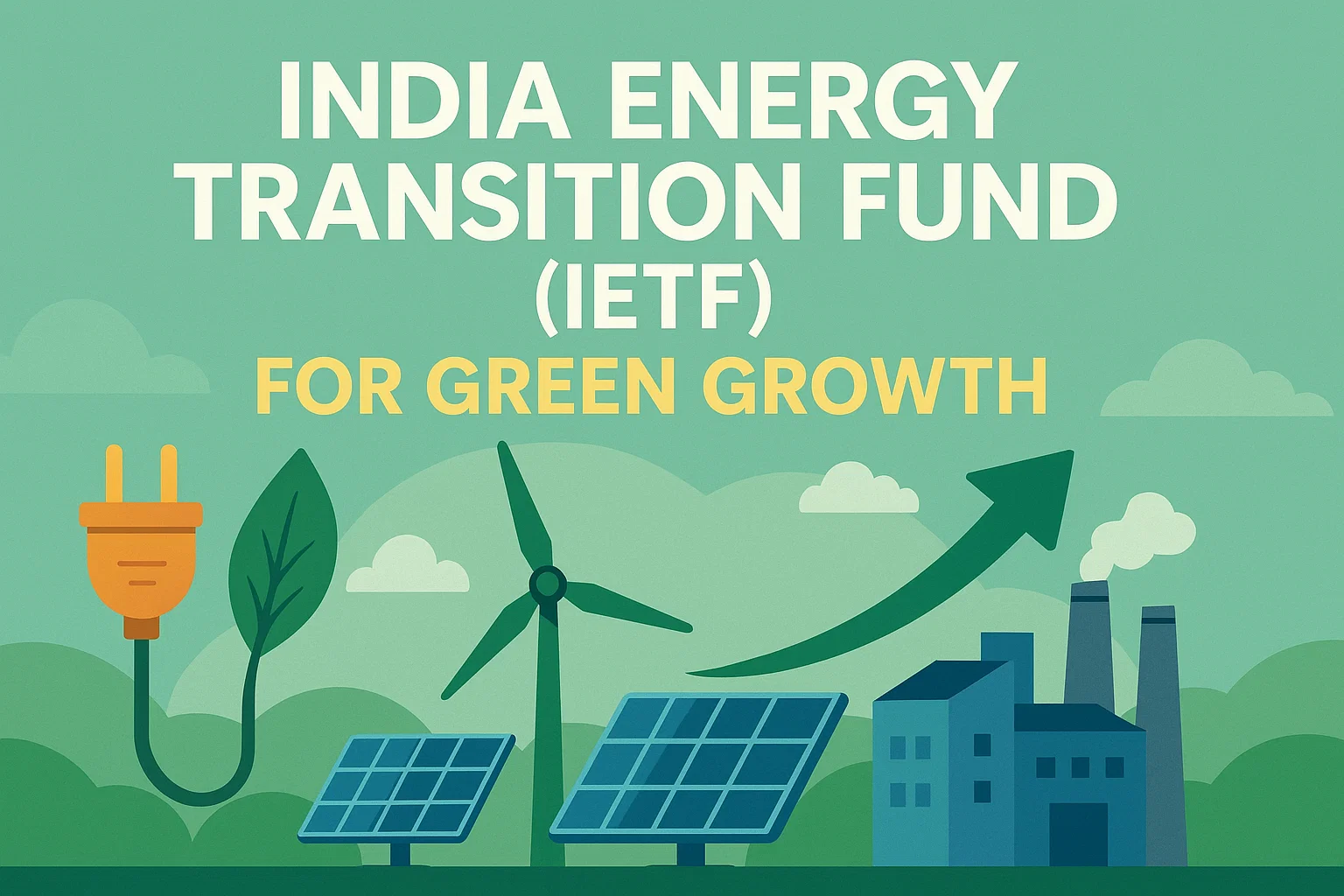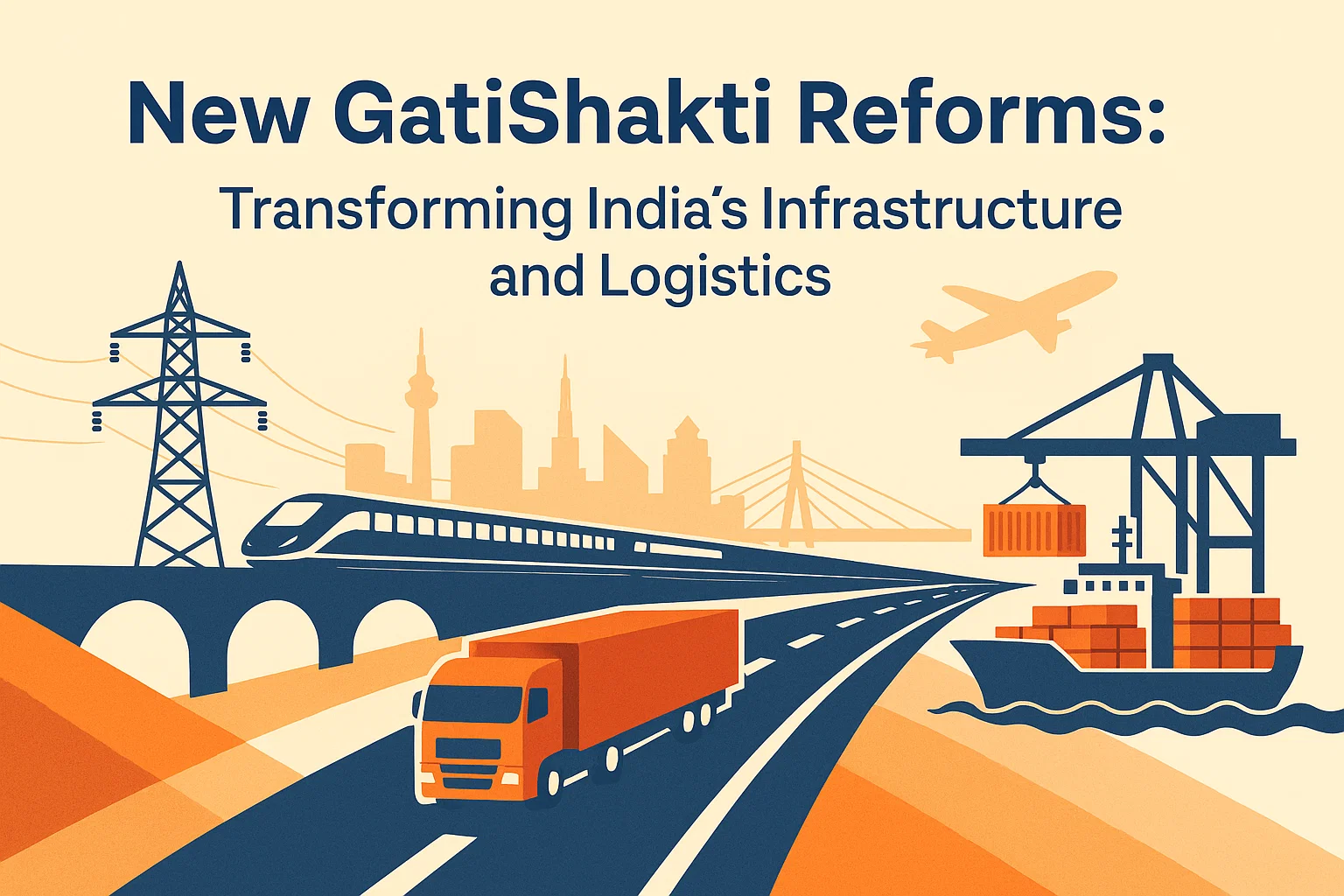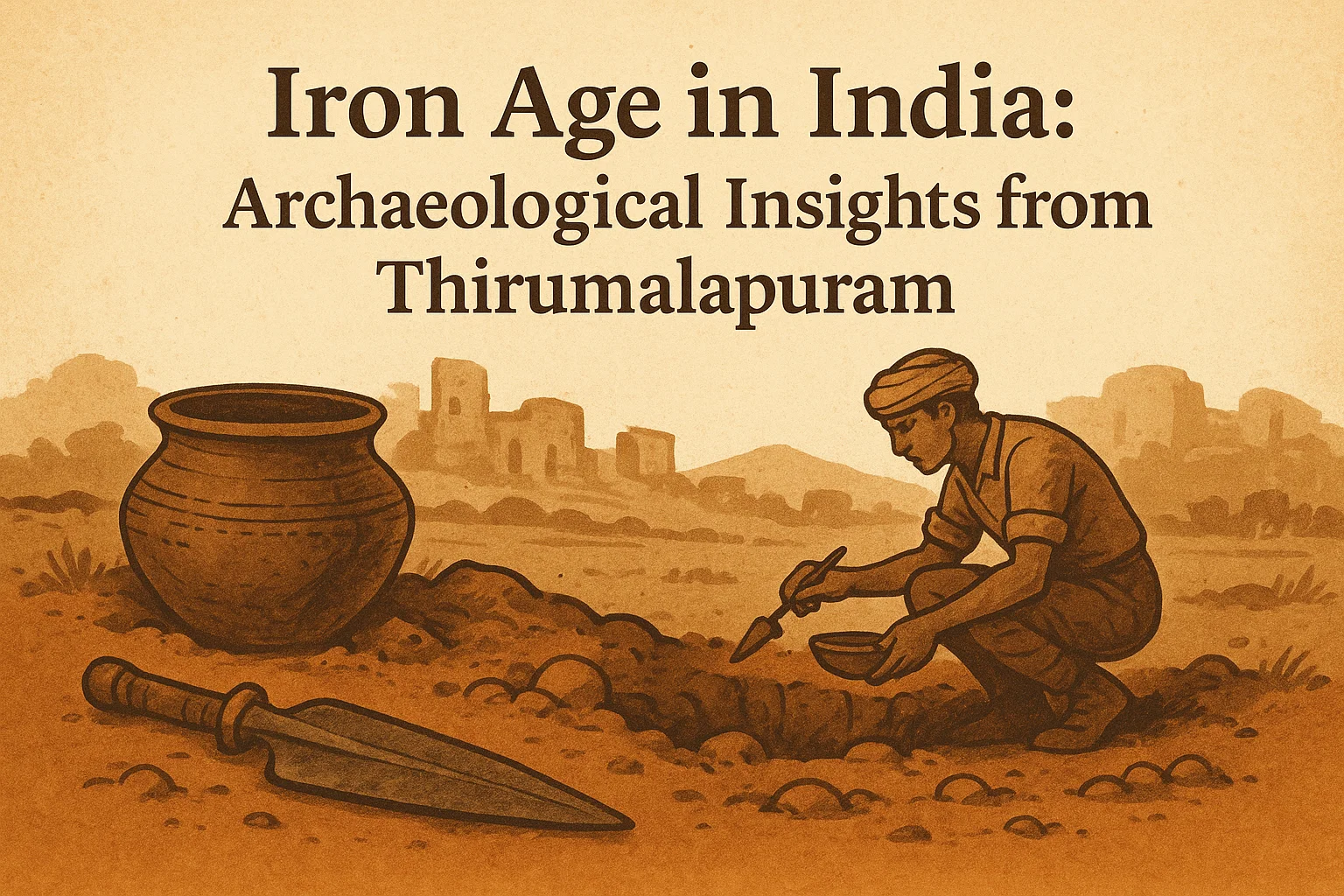Punjab-Haryana Water Dispute
Water Dispute between Punjab and Haryana
Context: In a rare show of political unity, all major parties in Punjab have strongly opposed the Bhakra Beas Management Board’s (BBMB) recent decision to release an additional 4,500 cusecs of water to Haryana.
More on News
- The dispute, which has intensified in recent days, is centered around water allocation from the Bhakra-Nangal project, a lifeline for several northern Indian states.
- At a press conference on Friday, Punjab Chief Minister Bhagwant Mann announced a unified stand against the BBMB’s directive.
Origin of the Water Dispute
-
- The current standoff began on April 23, when Haryana requested an increased allocation of 8,500 cusecs of water from the Bhakra-Nangal project—4,500 cusecs more than its usual share.
- Chief Minister Mann declined the request, placing the responsibility on the BBMB.
-
- In a BBMB meeting chaired by chairman Manoj Tripathi, member states Haryana, Rajasthan, and Delhi voted in favor of releasing the extra water, overruling Punjab’s objections.
- Himachal Pradesh abstained from voting.
-
- Despite the vote, Punjab has refused to open the necessary sluice gates at the Nangal dam to release the water.
Legal Battle Looms
- In response to Punjab’s refusal, the Haryana government has announced plans to approach the Supreme Court to secure its allocation.
- Meanwhile, Punjab is also preparing to contest what it has termed an “unprecedented and forcible” decision by the BBMB.
- “This forcible allocation is without precedent. The Punjab government is firm — it will not allow even a drop to go across,” said a senior official from the Punjab administration.
What is BBMB?
- The Bhakra Beas Management Board was originally established in 1966 under the Punjab Reorganisation Act to oversee the Bhakra-Nangal project, which includes the Bhakra dam in Himachal Pradesh and the Nangal dam in Punjab.
- The BBMB was later expanded in 1976 to manage the Beas-Sutlej Link Project and the Pong dam in Himachal Pradesh.
- Today, the BBMB allocates water among Punjab, Haryana, Rajasthan, Himachal Pradesh, and Delhi, based on annual calculations that take into account monsoon conditions and water storage levels.
Current Water Allocation and Shortfall
- For the current year, BBMB allocations stand as follows:
-
- Punjab: 5.512 million acre-feet (MAF)
- Haryana: 2.987 MAF
- Rajasthan: 3.318 MAF
- However, Punjab claims that Haryana has already drawn 3.110 MAF, exceeding its annual allocation by 4%.
- This comes at a time when water levels in key reservoirs like the Ranjit Sagar (on the Ravi River), Pong dam, and Bhakra dam are significantly lower than last year—largely due to reduced snowfall in the Himalayan region.
Inter-State Water Disputes in India
Article 262: Article 262of the Indian Constitution empowers Parliament to make laws for the adjudication of disputes relating to the use, distribution, or control of waters in inter-state rivers or river valleys. It also allows Parliament to bar the jurisdiction of the Supreme Court or any other court over such disputes.
State List: Entry 17 of the State List gives states authority over water supplies, irrigation, canals, drainage, embankments, water storage, and water power.
Union List: Entry 56 of the Union List allows the Union Government to regulate and develop inter-state rivers and river valleys if Parliament deems it expedient in the public interest.
Inter-State River Water Disputes Act, 1956: Enacted under Article 262, the Inter-State River Water Disputes (ISRWD) Act, 1956 provides the legal framework for resolving disputes between states regarding inter-state rivers or river valleys.
- If negotiations between states fail, any state government can request the Central Government to refer the dispute to a tribunal for adjudication.
- The Central Government must then constitute a Water Disputes Tribunal.
- The tribunal investigates, adjudicates, and issues a binding decision, which is notified in the official gazette.
- The Act has been amended over time, with significant changes in 2002 and a proposed amendment in 2019 to streamline dispute resolution.
- The Inter-State River Water Disputes (Amendment) Bill, 2019 proposes the creation of a Disputes Resolution Committee (DRC) to attempt amicable settlement before referring matters to a tribunal. It aims to make the process faster and more robust.
Haryana’s Stand
- Haryana Chief Minister Nayab Singh Saini has accused Punjab of engaging in “dirty politics” and insists that Haryana is not even receiving its rightful share.
- The state says it needs additional water urgently for drinking purposes, particularly in parched districts like Hisar, Sirsa, and Fatehabad.
Subscribe to our Youtube Channel for more Valuable Content – TheStudyias
Download the App to Subscribe to our Courses – Thestudyias
The Source’s Authority and Ownership of the Article is Claimed By THE STUDY IAS BY MANIKANT SINGH




